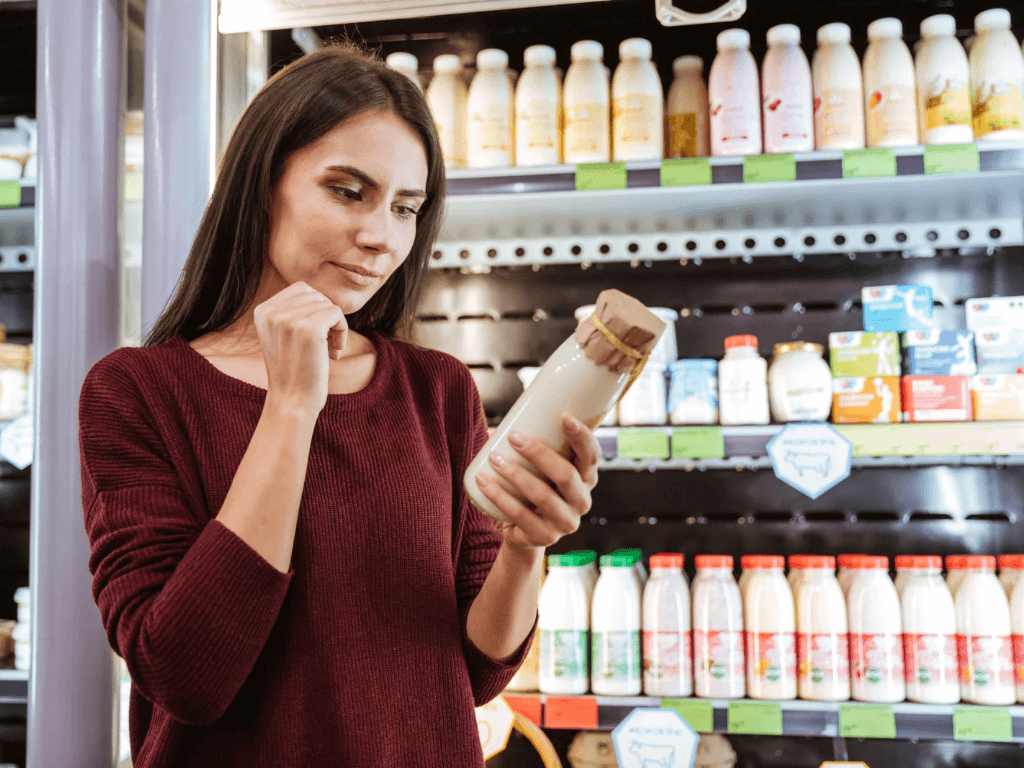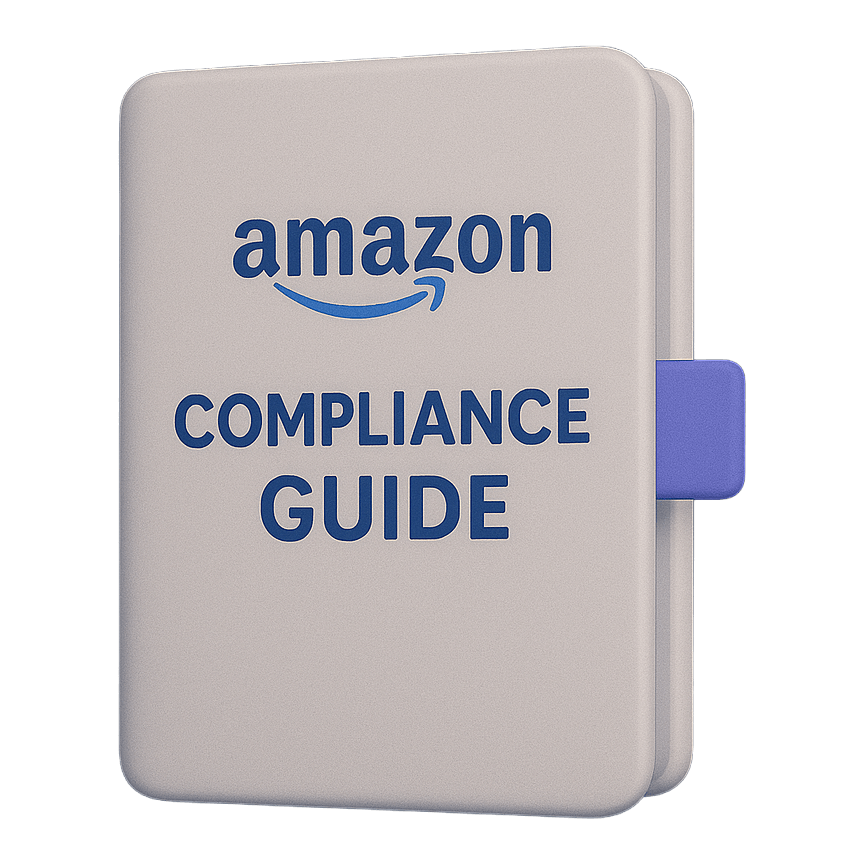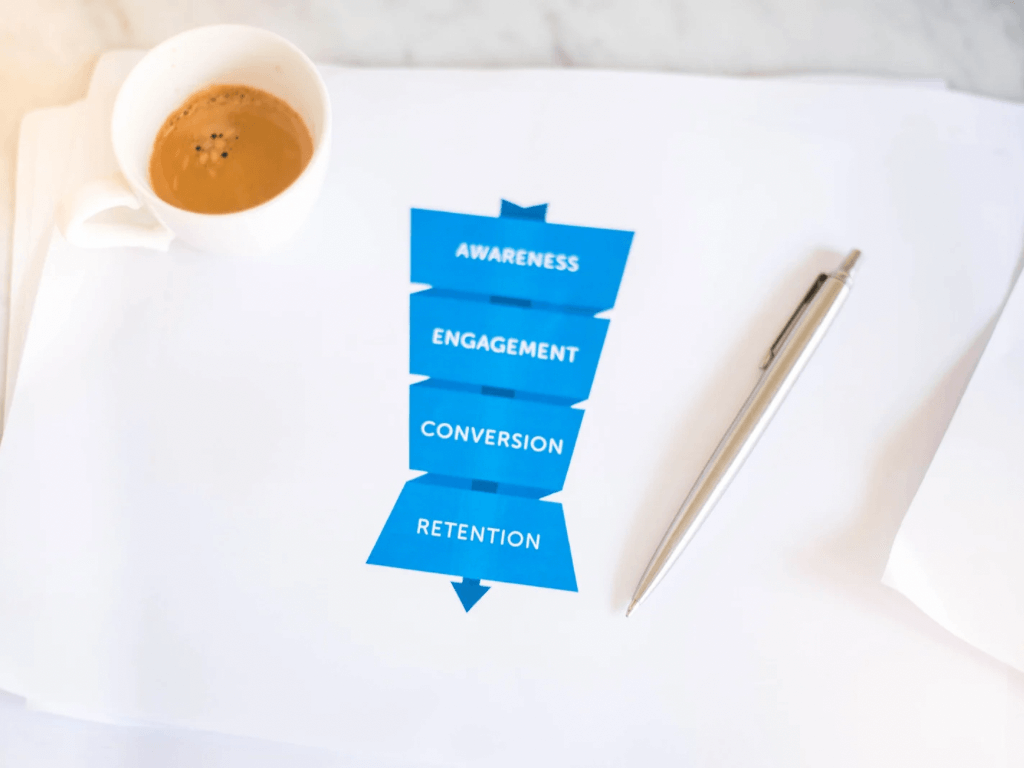Future-Proof Formulation: How to Stay Ahead in the Supplement Industry
The Pace of Change in Wellness Is Only Accelerating
In the world of nutraceuticals, the only constant is change. Every month brings a new “it” ingredient, a new consumer preference, or a shifting regulatory framework. But for forward-thinking brand owners, this volatility is not a threat — it’s an opportunity.
Future-proofing your product development isn’t about chasing every trend. It’s about understanding where consumer behavior is heading, aligning innovation with your brand identity, and using the right tools to build a portfolio that can thrive not just today, but in the long-term.
In this article, we’ll explore what it means to formulate for the future, diving into:
- Emerging consumer trends you should be watching now
- How to balance innovation with brand integrity
- Tools and strategies to help you track demand before it peaks
Let’s build the next generation of supplements—intelligently.
Section 1: Trend vs. Fad — Why Timing (and Context) Matter
The supplement space is full of hype cycles. One month it’s chlorophyll drops, the next it’s “sleepy girl mocktails” featuring magnesium and glycine.
So, how do you distinguish a meaningful trend from a short-lived fad?
Fads:
- Spike quickly on platforms like TikTok or Instagram
- Often driven by celebrity or influencer virality
- Have little to no scientific backing
- Tend to fade in 6–12 months
Trends:
- Show gradual growth across retail, DTC, and digital channels
- Are driven by evolving consumer values (e.g. sustainability, mental health)
- Often align with deeper market shifts (e.g. healthy aging, microbiome focus)
- Supported by growing scientific research
Pro tip: Use short-term fads to inspire limited edition drops or social content — not core SKUs.
Section 2: What Consumers Are Signaling for the Future
The next 2–3 years will be defined by a few key shifts:
1. Personalized Wellness 2.0
Consumers don’t just want products for women or for over-50s. They want precision — based on DNA, microbiome, lifestyle, and biofeedback.
- Think AI-powered nutrition apps, self-quantification, and diagnostic integration.
- Ingredient opportunity: adaptogens + nootropics with targeted delivery systems.
2. Mental Wellness as a Daily Category
Stress, sleep, focus, mood — these are no longer “niche” concerns. They are daily use cases.
- Mood support is projected to surpass immunity as a category leader by 2027.
- Key ingredients: saffron, L-theanine, magnesium glycinate, lavender oil.
3. Conscious Consumption
Gen Z and younger Millennials demand sustainability, transparency, and ethics.
- Clean label is no longer optional — it’s baseline.
- Packaging, sourcing, and storytelling all matter.
Section 3: Tools to Track Demand Before It Peaks
Forward-looking brands are using data, not guesswork, to inform development. Here are three powerful tools to incorporate:
1. Predictive Retail Data
Services like SPINS, NielsenIQ, and ClearCut track retail velocity and channel breakout. Look for SKUs that are gaining market share quietly — those are your “early risers.”
2. Google Trends + Social Listening
Not just for marketers! Use these to:
- Monitor rising search terms like “best magnesium for anxiety” or “hormone balancing herbs”
- Watch how supplements go viral — and how quickly they cool
3. AI Tools for Market Modeling
There are now AI-driven platforms that help R&D teams model demand trajectories, pair trending ingredients with compliant formulations, and run simulations based on consumer personas.
If you’re not testing AI tools yet, you’re already behind.
Section 4: How to Innovate Without Losing Your Brand Identity
There’s a fine line between being cutting-edge and being confusing. Innovation should reinforce your brand — not scatter it.
Ask yourself:
- Does this ingredient align with our promise (e.g. clean, clinical, natural)?
- Will our existing customers recognize this product as “on brand”?
- Do we have the supply chain to support this at scale?
Consider:
- Launching new ideas as pilot lines or DTC-only experiments
- Creating a sub-brand for high-innovation categories (e.g. Gen Z-focused gummies)
- Using content to tell the why behind the ingredient or formulation
The key is to educate while you innovate.
Section 5: Building a Pipeline That’s Always Future-Focused
Future-proof brands don’t just have great products today — they have a development pipeline that’s 12–24 months ahead.
Best practices:
- Run quarterly innovation sprints with your team
- Engage your contract manufacturer in ideation — they often see trends early
- Attend industry events like Expo West or Vitafoods with a “what’s next” lens
- Create a feedback loop with your customers via surveys and product reviews
You Don’t Need a Crystal Ball — Just Better Strategy
Staying ahead in the supplement world isn’t about guessing the next hot ingredient. It’s about tuning in to your customers, applying smart data tools, and staying grounded in your mission while embracing change.
NutraStar helps ambitious brands bridge the gap between trend and execution — with a formulation team that knows what’s coming, and how to bring it to life.






